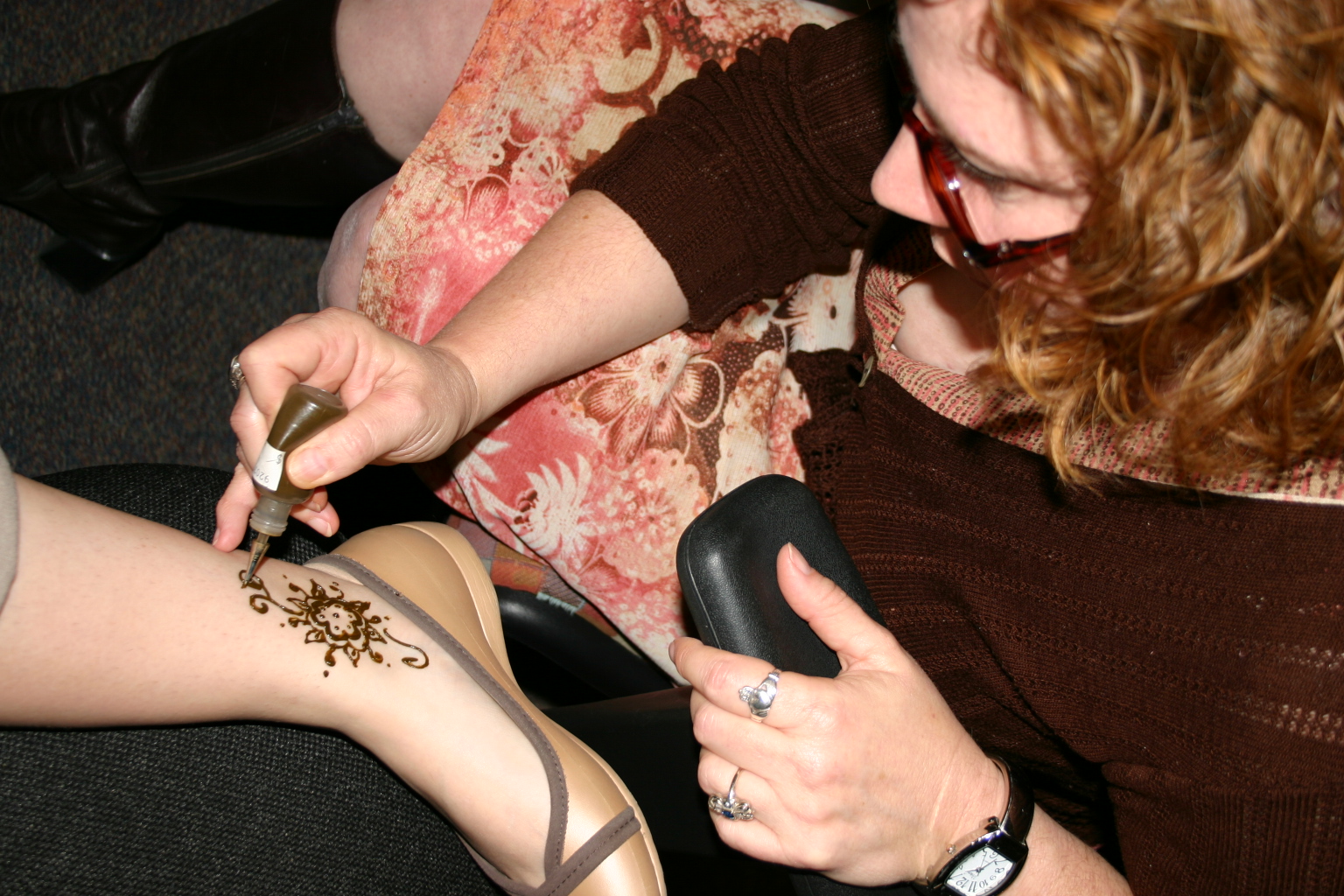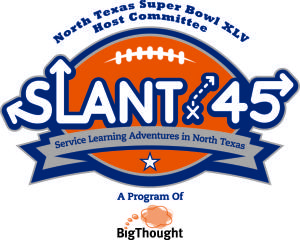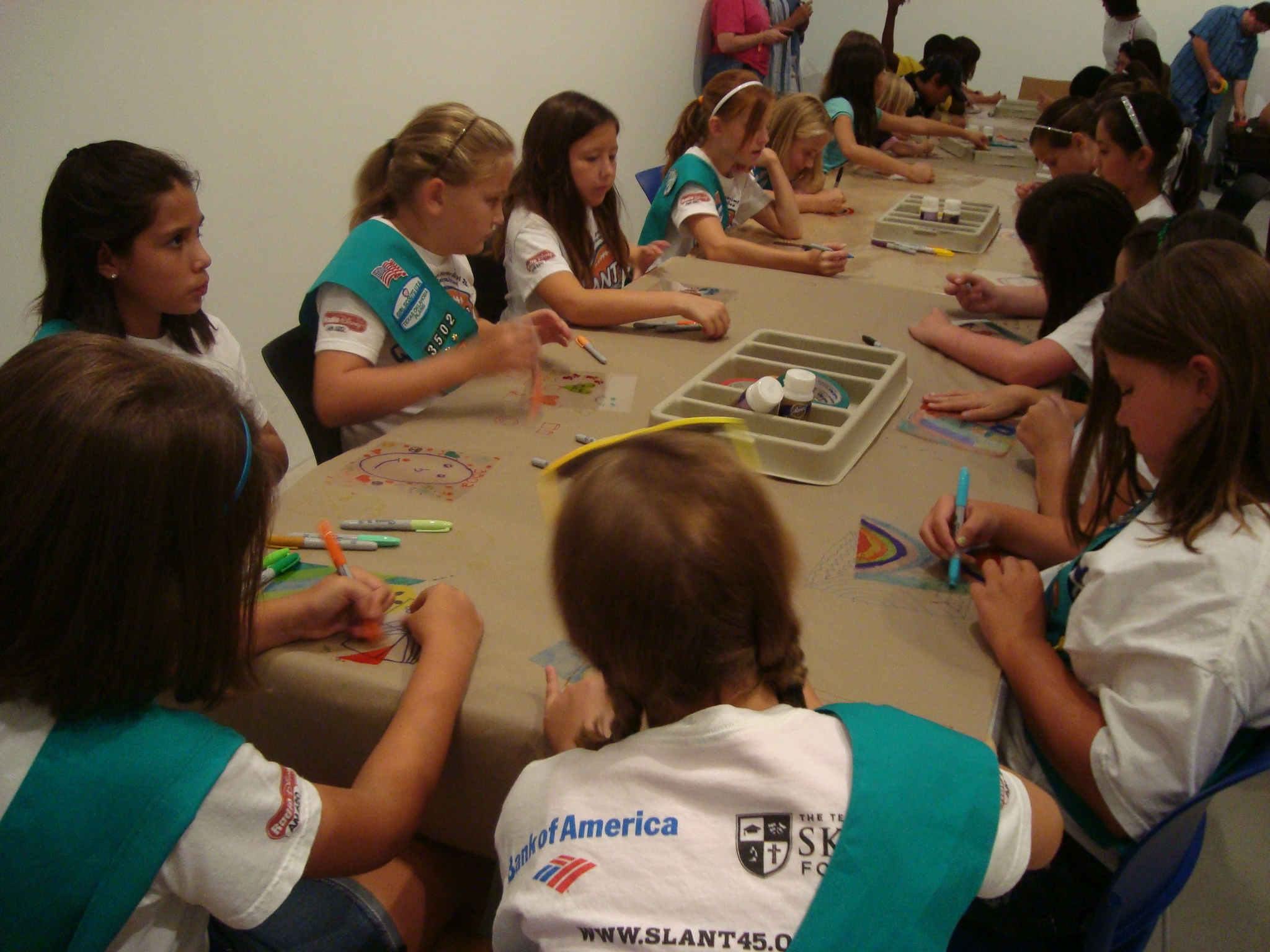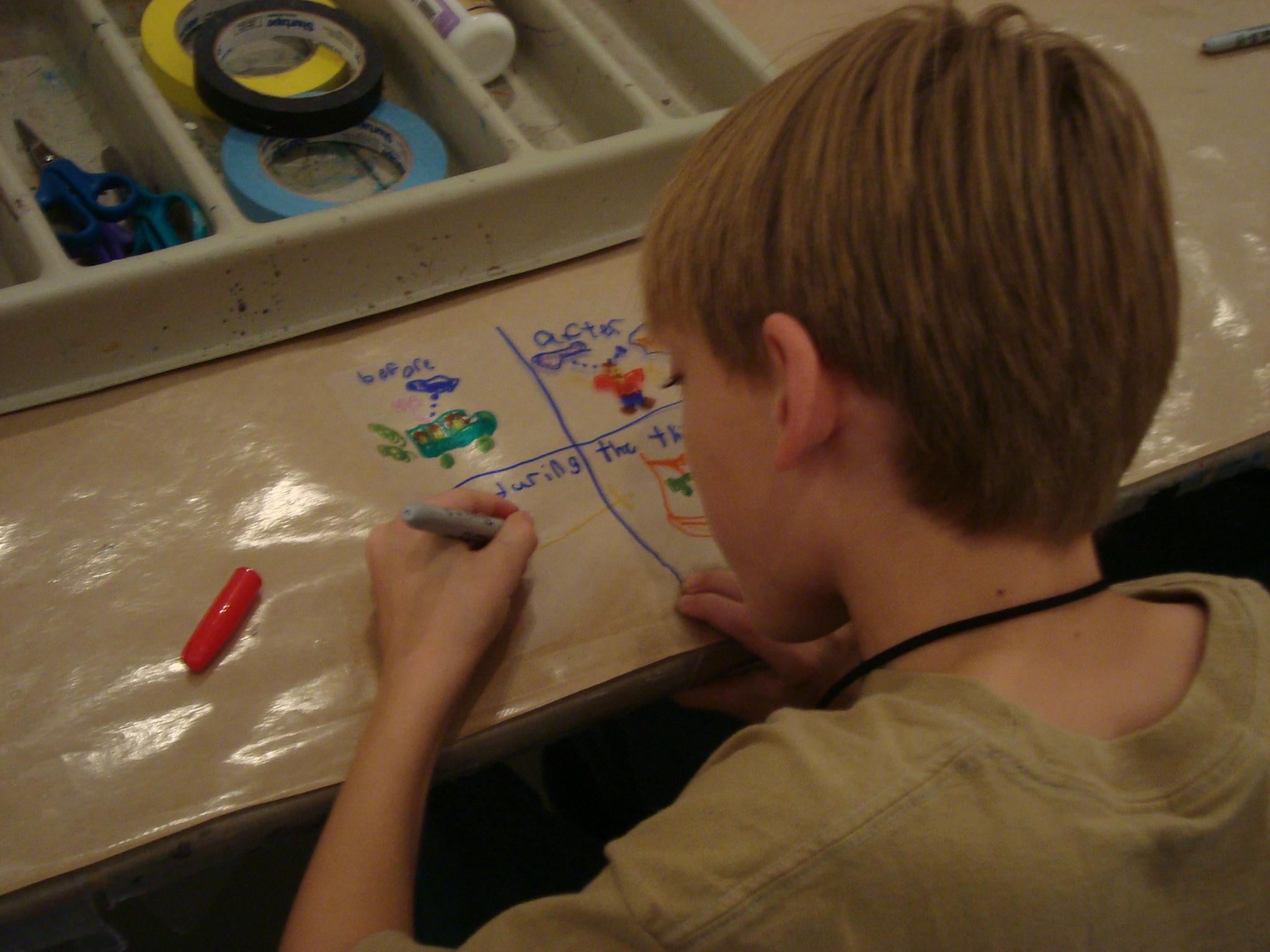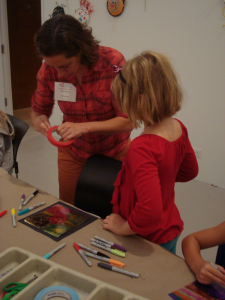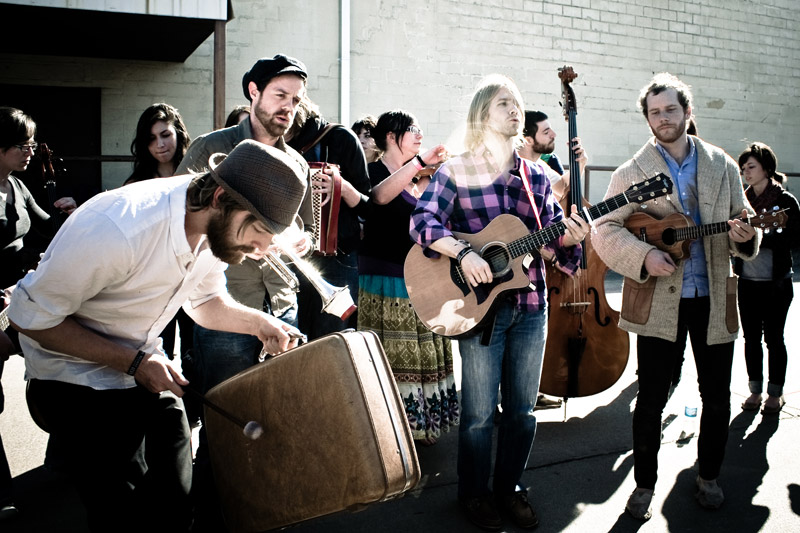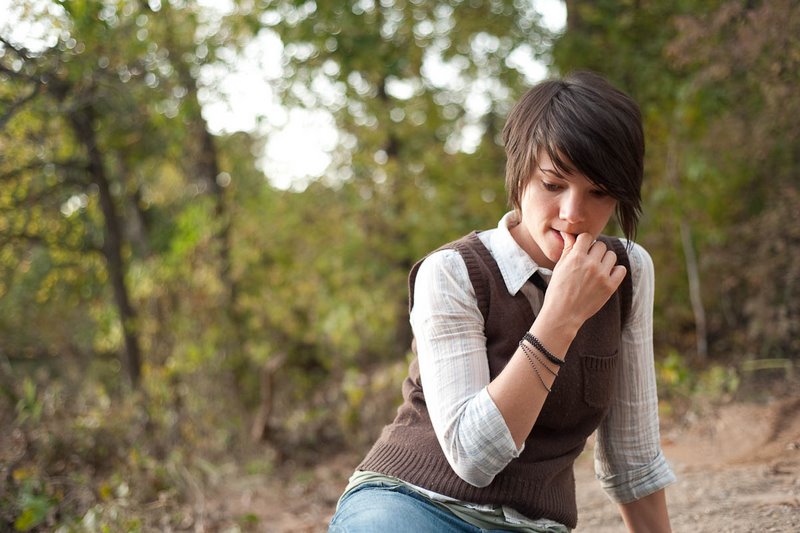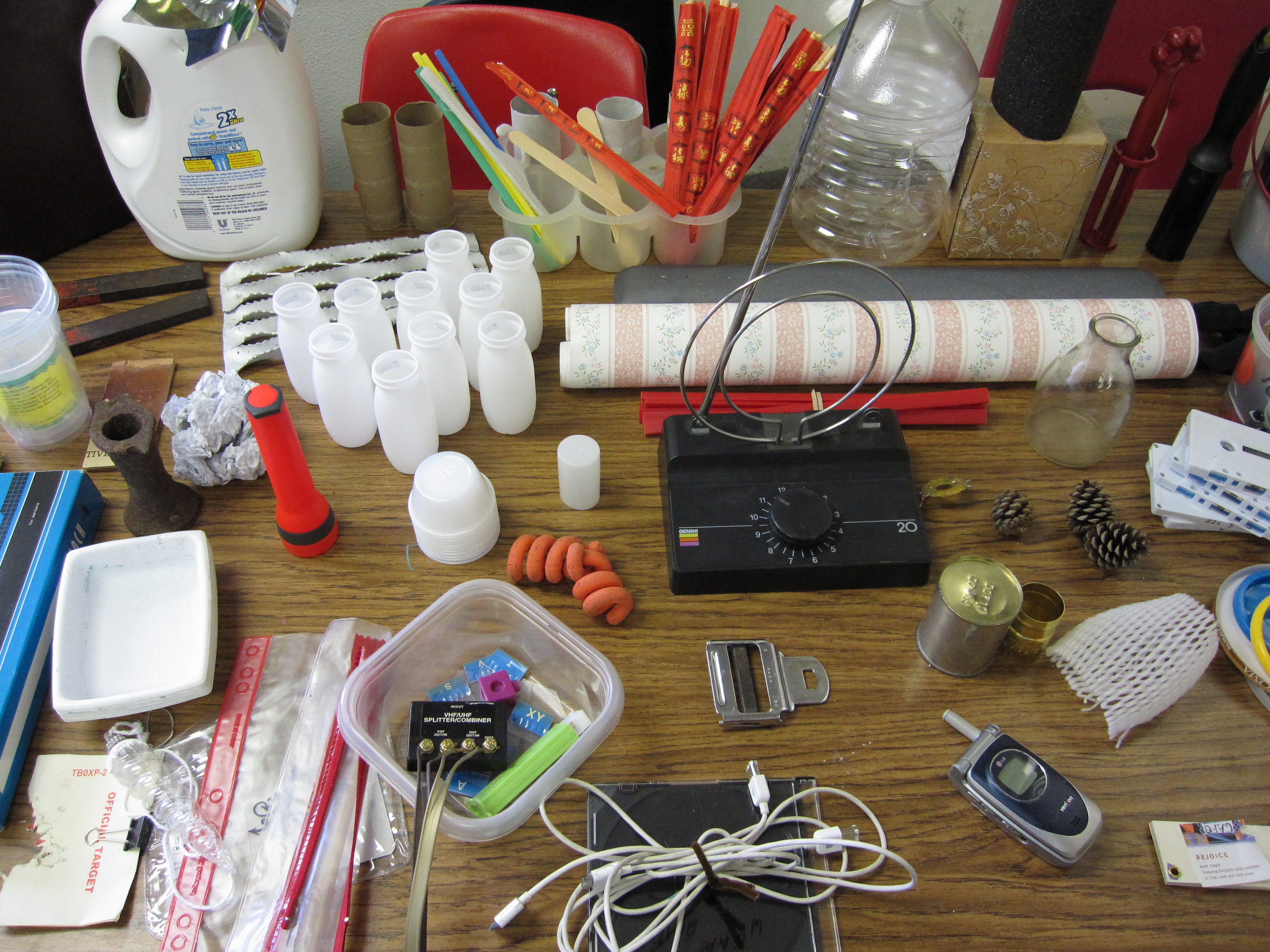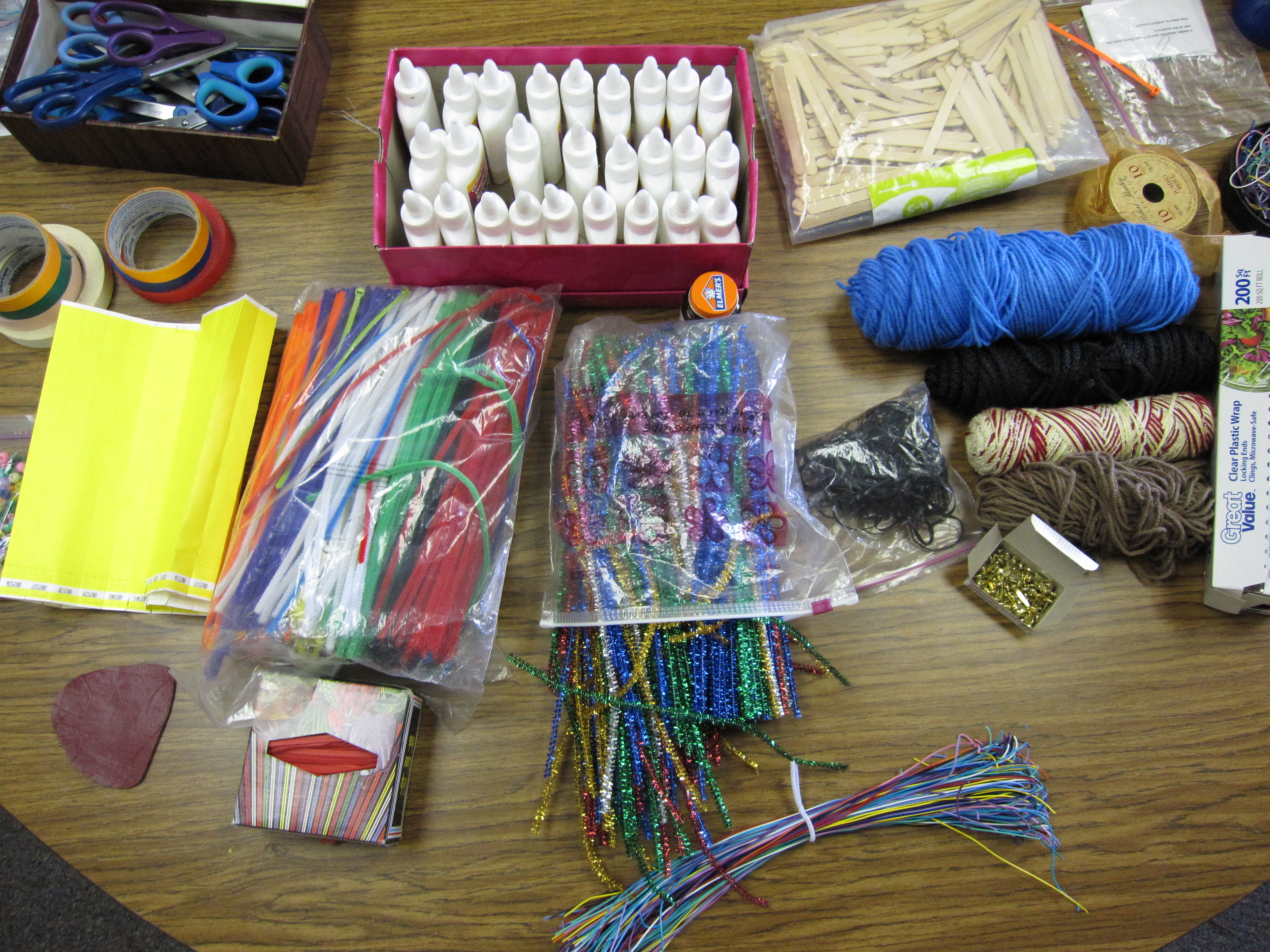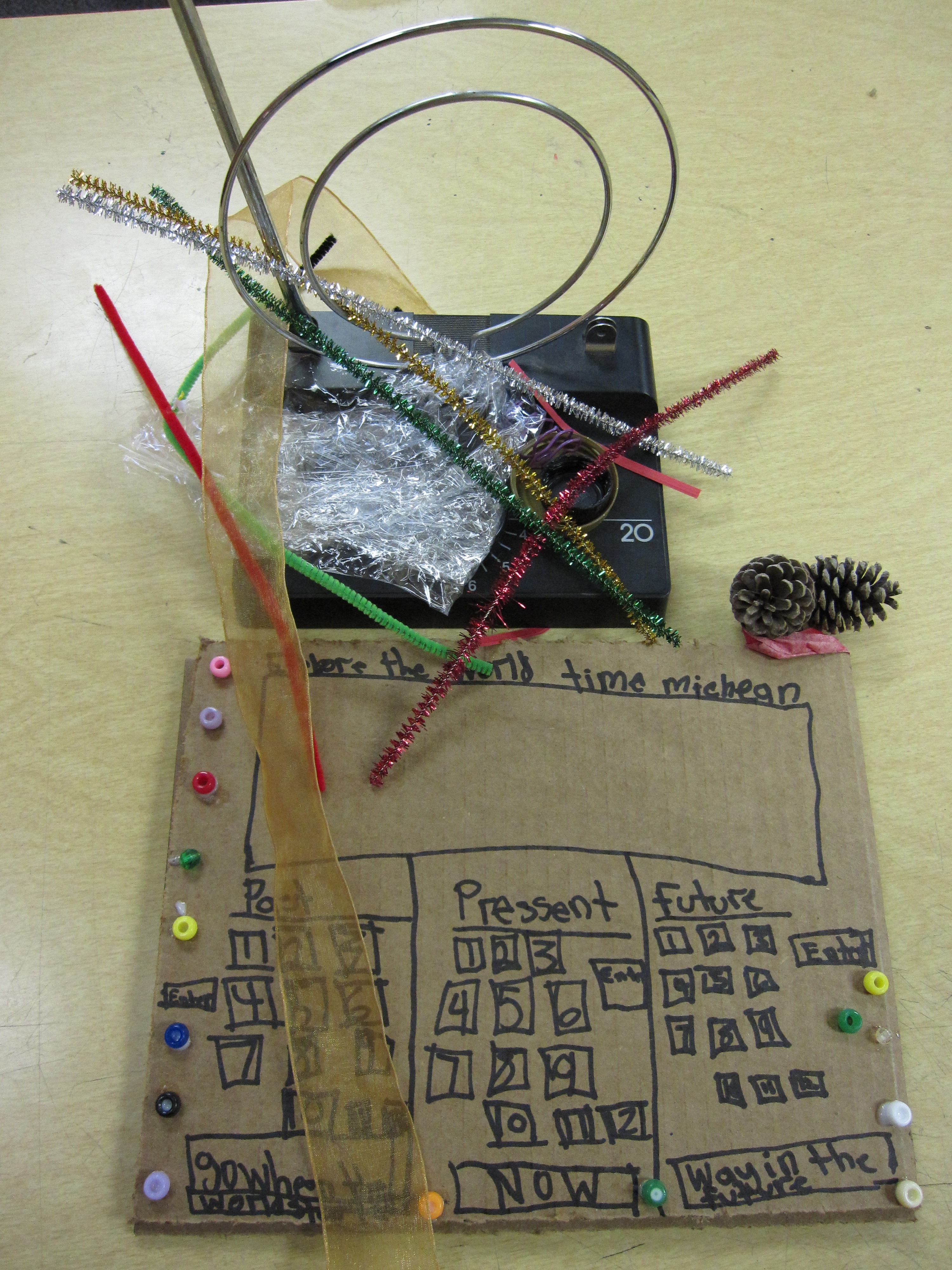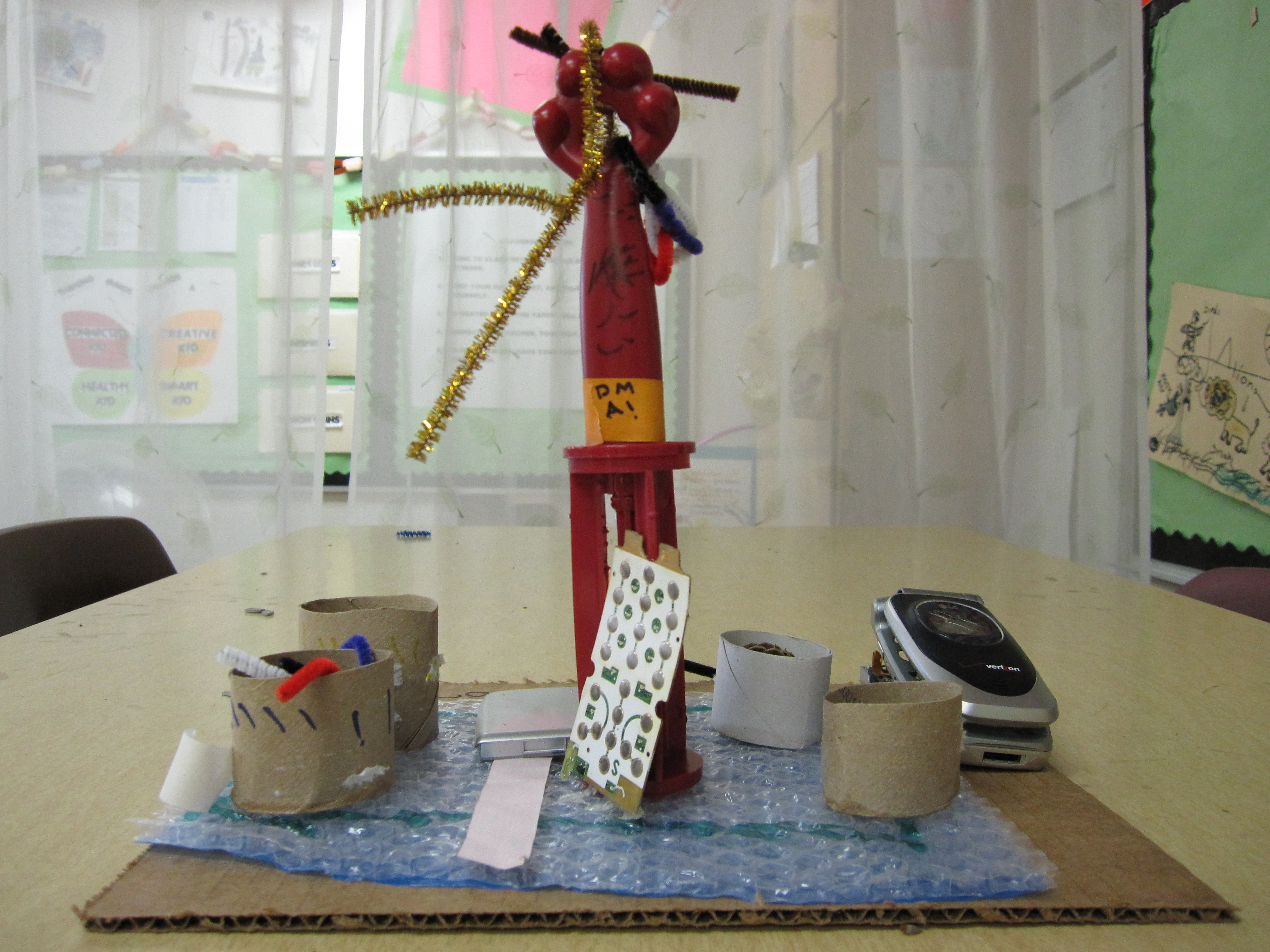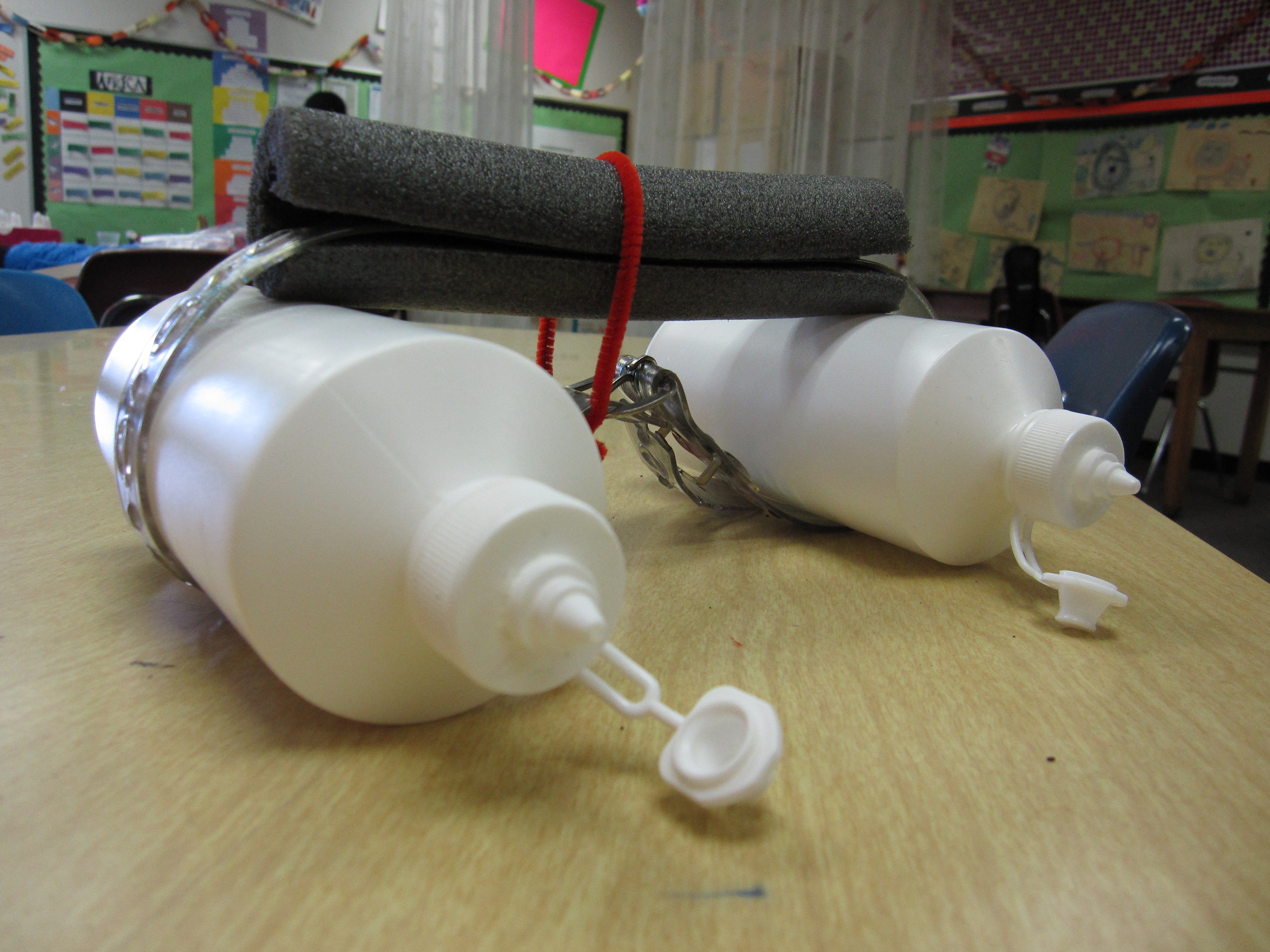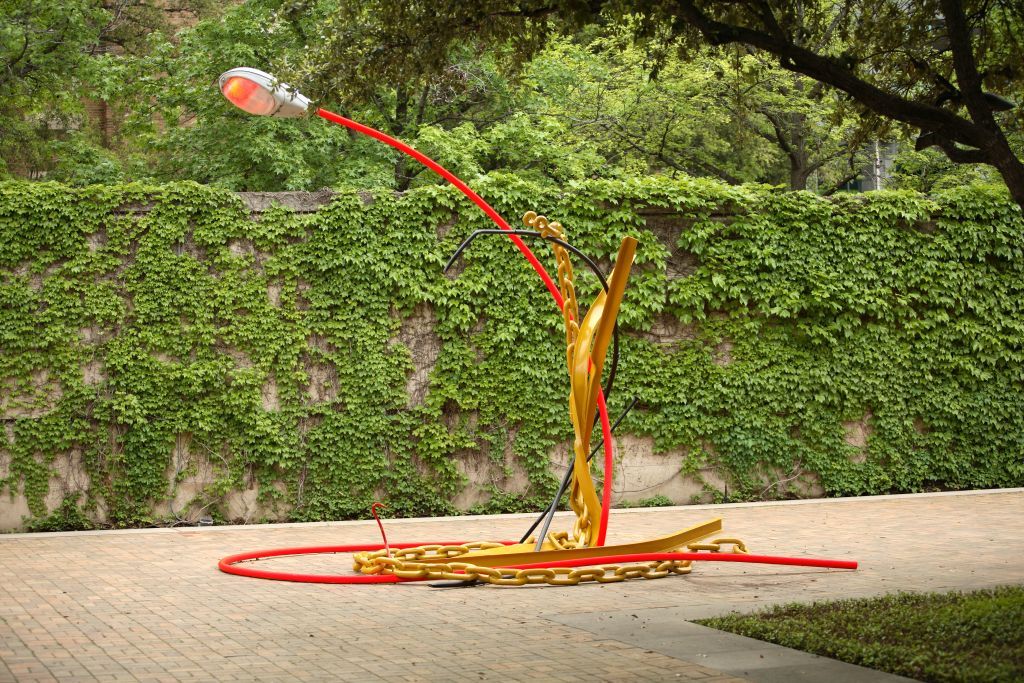The DMA partners with Thriving Minds, a city-wide initiative to provide arts and cultural experiences for Dallas students, in the offering of an extended arts program during after school hours. We have partnered with Thriving Minds and their umbrella organization Big Thought in several ways over many years. The after school program is our newest partnership, which has become my focus during the past two years. I am fortunate to work closely with Creative Specialist Laura Orange on this program: we share an excitement and enthusiasm for serving students during after school hours with programs that are educational, meaningful, and most importantly, fun.
Tell us a bit about your background and how you came to your position at Big Thought.
When I was in my early twenties, I studied with a professional company that had connections with the Paris school of Marcel Marceau. We became the United States version of that company. The man I studied with supported himself by being a resident artist for the state of Ohio, and he trained me on how to make a living by putting together a show and getting involved with various state arts commissions. I ended up here in Texas in the early 80’s when Young Audiences was forming. Young Audiences wanted a mime company, and they asked me to create one their second year. I spent years performing through schools, doing residences and other work through Junior Players and Dallas Children’s Theater, and along the way I learned about arts administration. As Young Audiences developed, they realized they needed in-house arts administration staff and brought me on board – that was probably ten years ago. Young Audiences grew into Big Thought and extended into afterschool programming. I was the representative here for 21st Century programming and was able to connect organizations with afterschool programs. Now we staff programs at schools, and I realize I’ve almost come full circle.
What advice would you give to artists who are interested in teaching school children?
Don’t take yourself too seriously. You’ve got to enjoy children and enjoy the journey they’ll take you. Sometimes, something will happen that can be a really brilliant idea if you’re not stuck on what you want to do. Some of my best adventures happened when something didn’t work right, and I decided let’s try this and see what happens? It became a lot more fun.
You have a performance background. How do works of art connect with your approach toward teaching?
Works of art can be very inspirational. From the mime background, every picture tells a story, and there’s movement and everything. We’ve physically recreated works of art in performances with our bodies. You can also do a movement exercise where you take a still picture, and ask students what do you want to be in it? A blade of glass, a tree, birds flying, part of a hill…if we were to unfreeze it, what are the little movements that would happen? What sounds would it make? Students can use these things to understand line, form, and shape of physical bodies. Since mime is abstract, there is a lot to connect with abstract paintings, too.
If you could be doing anything else, what would it be?
Probably sitting on the beach and watching the ocean.
What is your favorite holiday tradition?
Our annual drive home to my parents’ house is usually pretty funny. We rent a minivan and I call it “Operation Little Miss Sunshine”. Me, my brother, my husband, my dogs, and whatever we can stuff in the van drive to Mississippi and back together.

